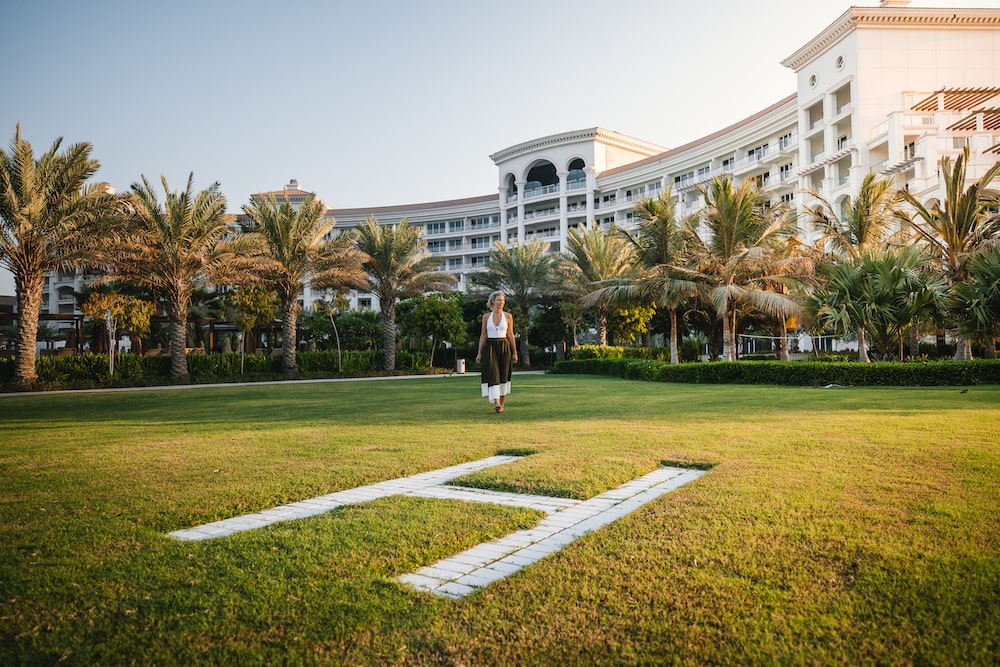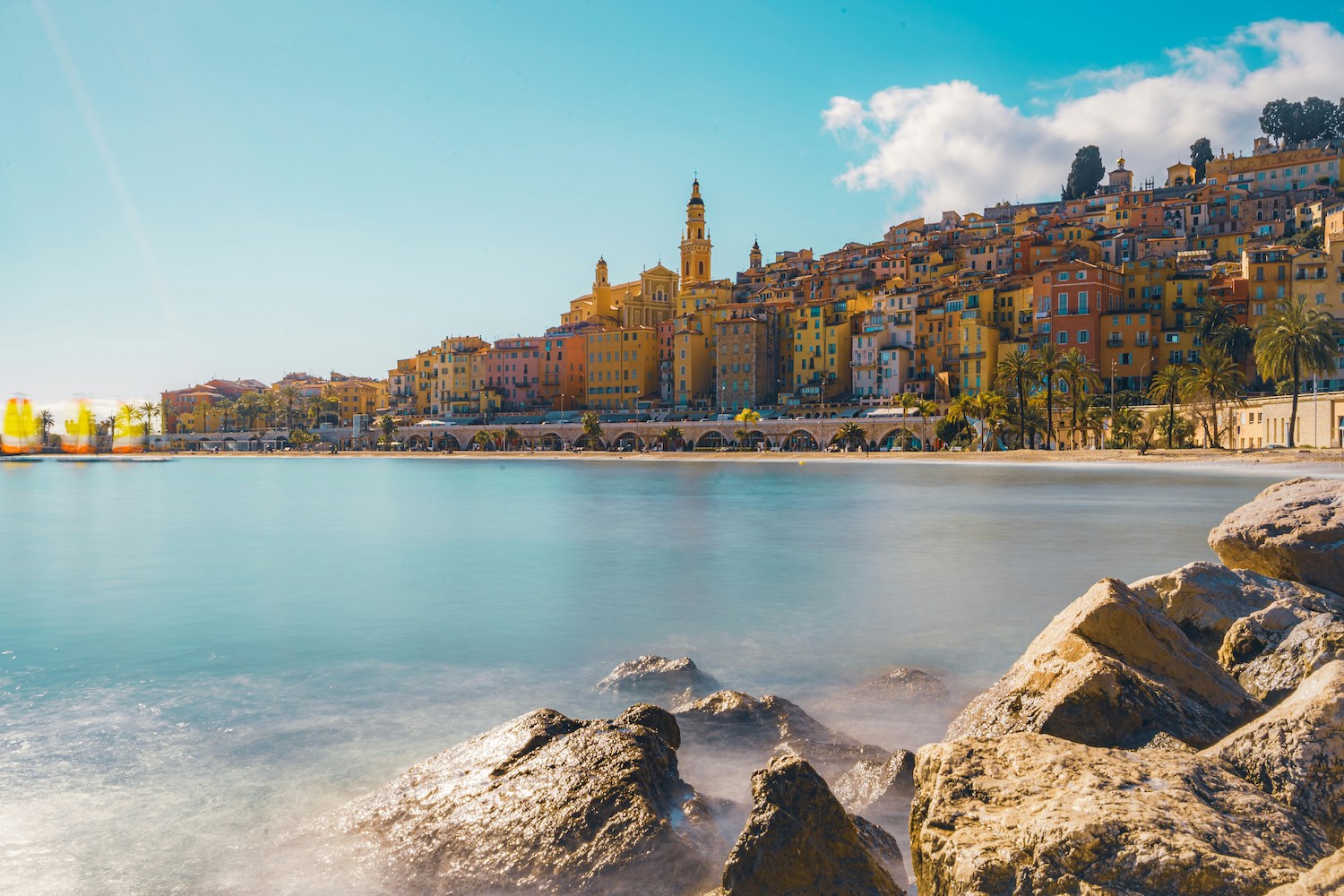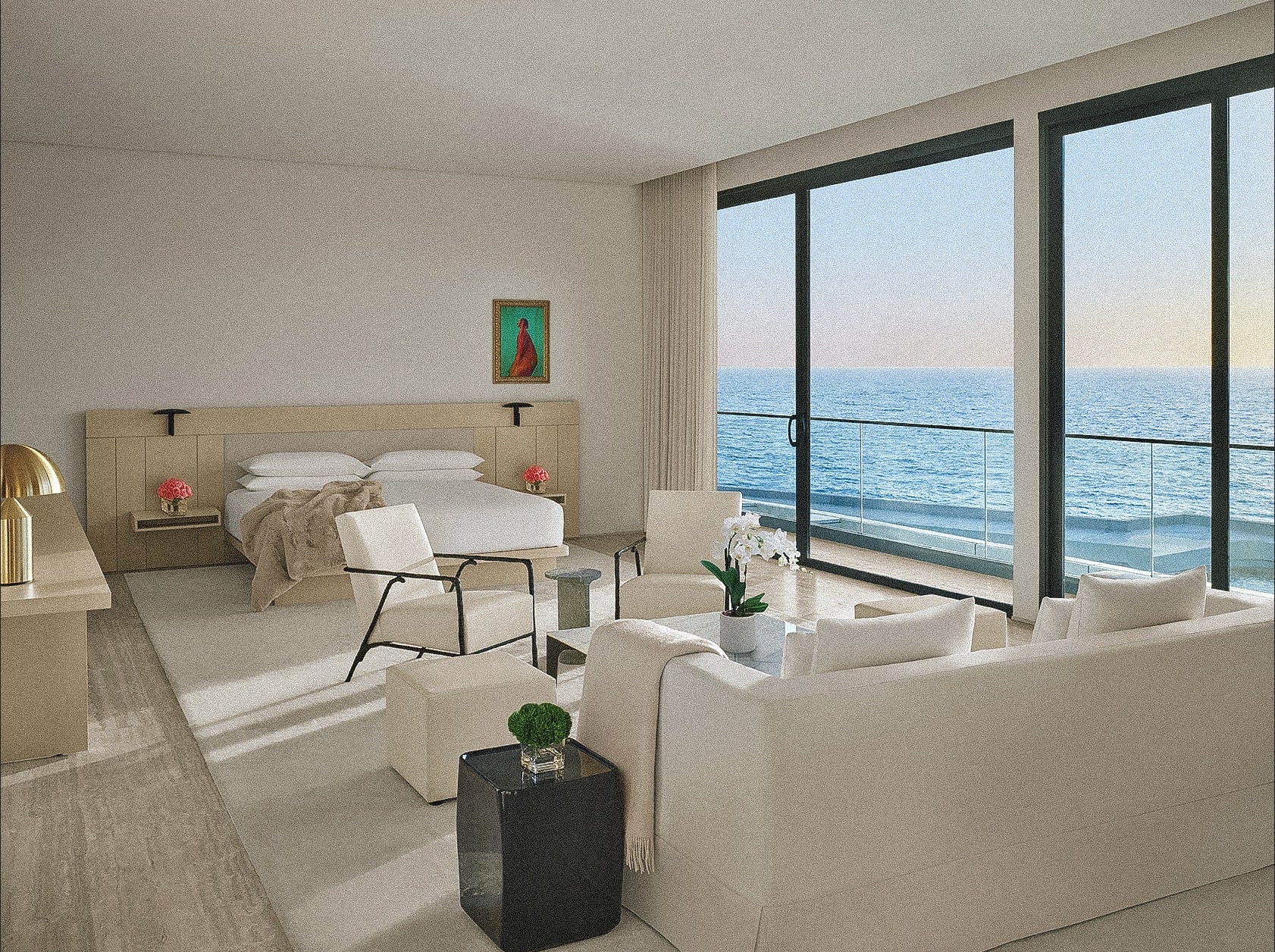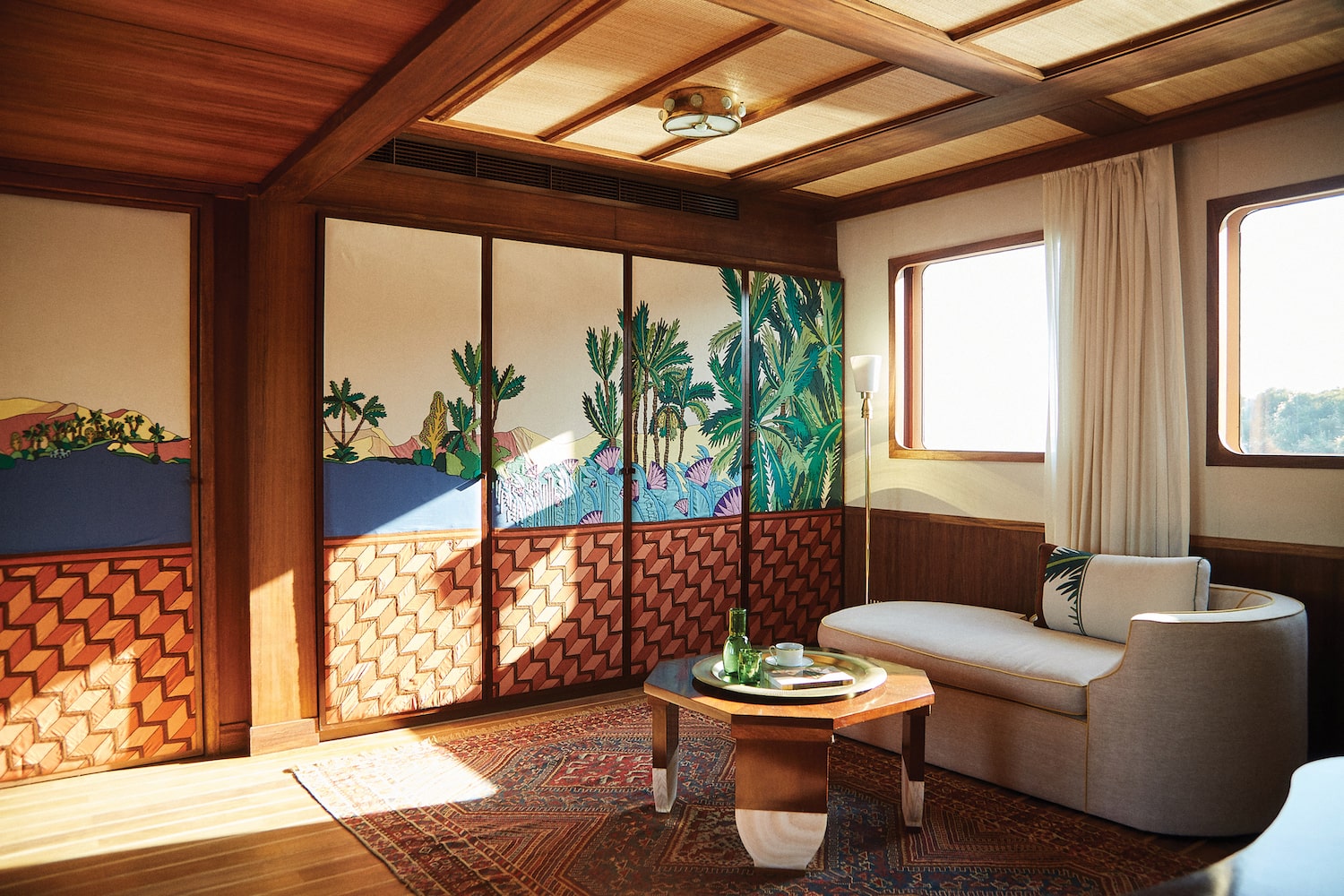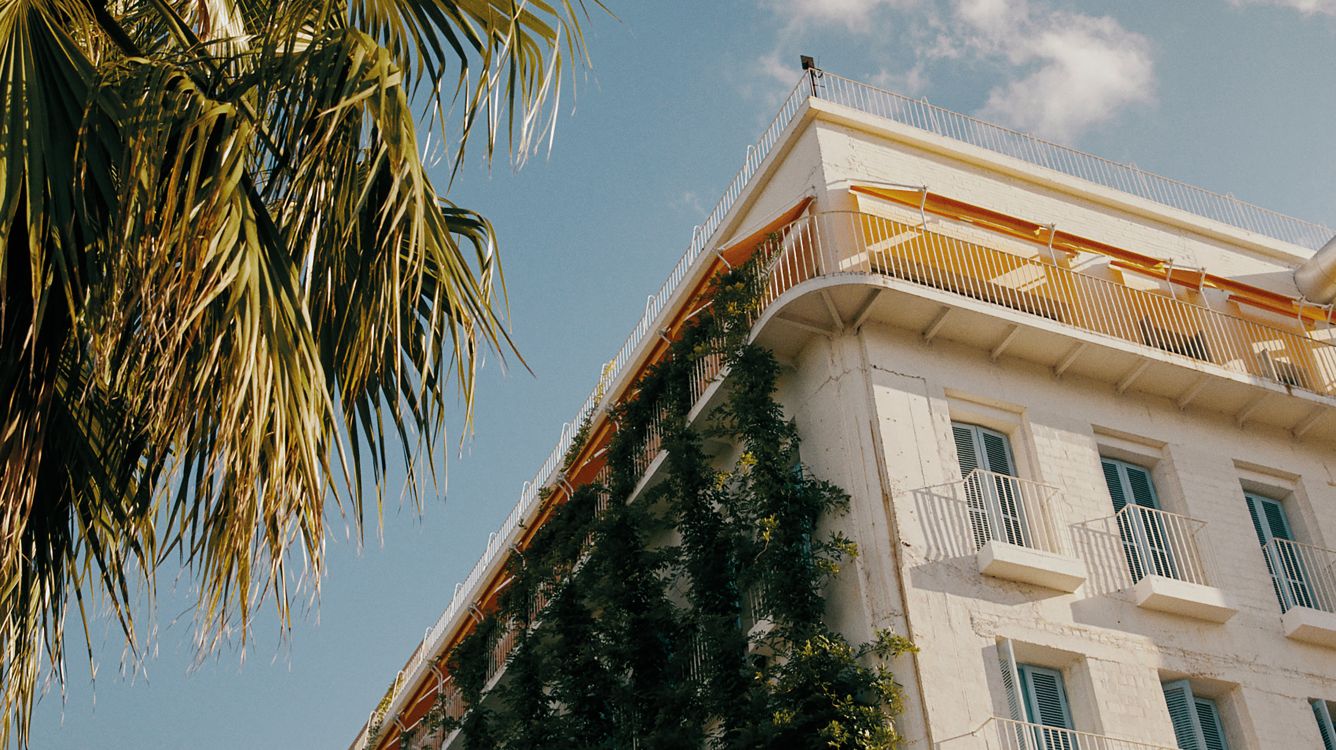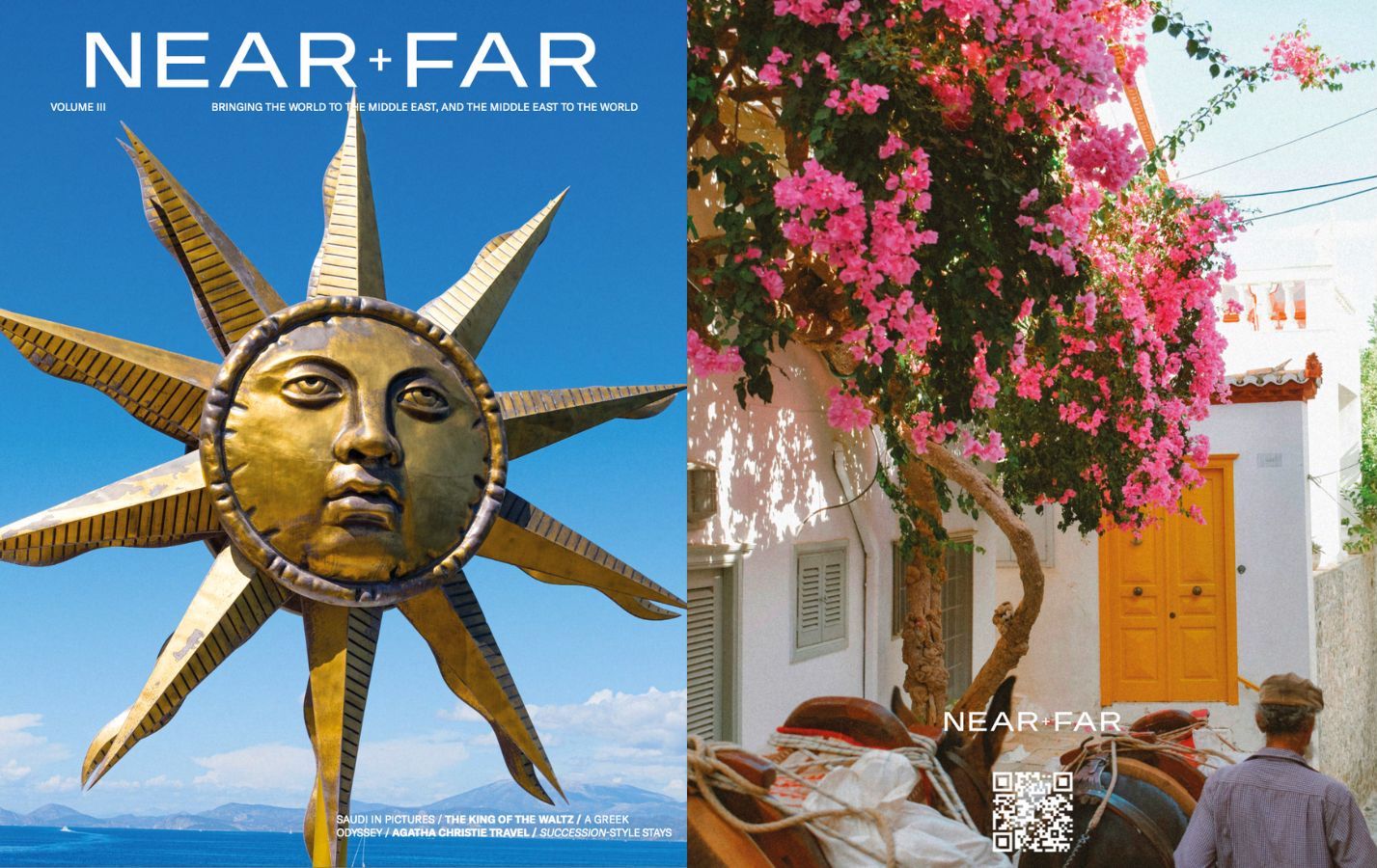This beautiful new Assouline book will inspire your next Mediterranean escape
4/03/23
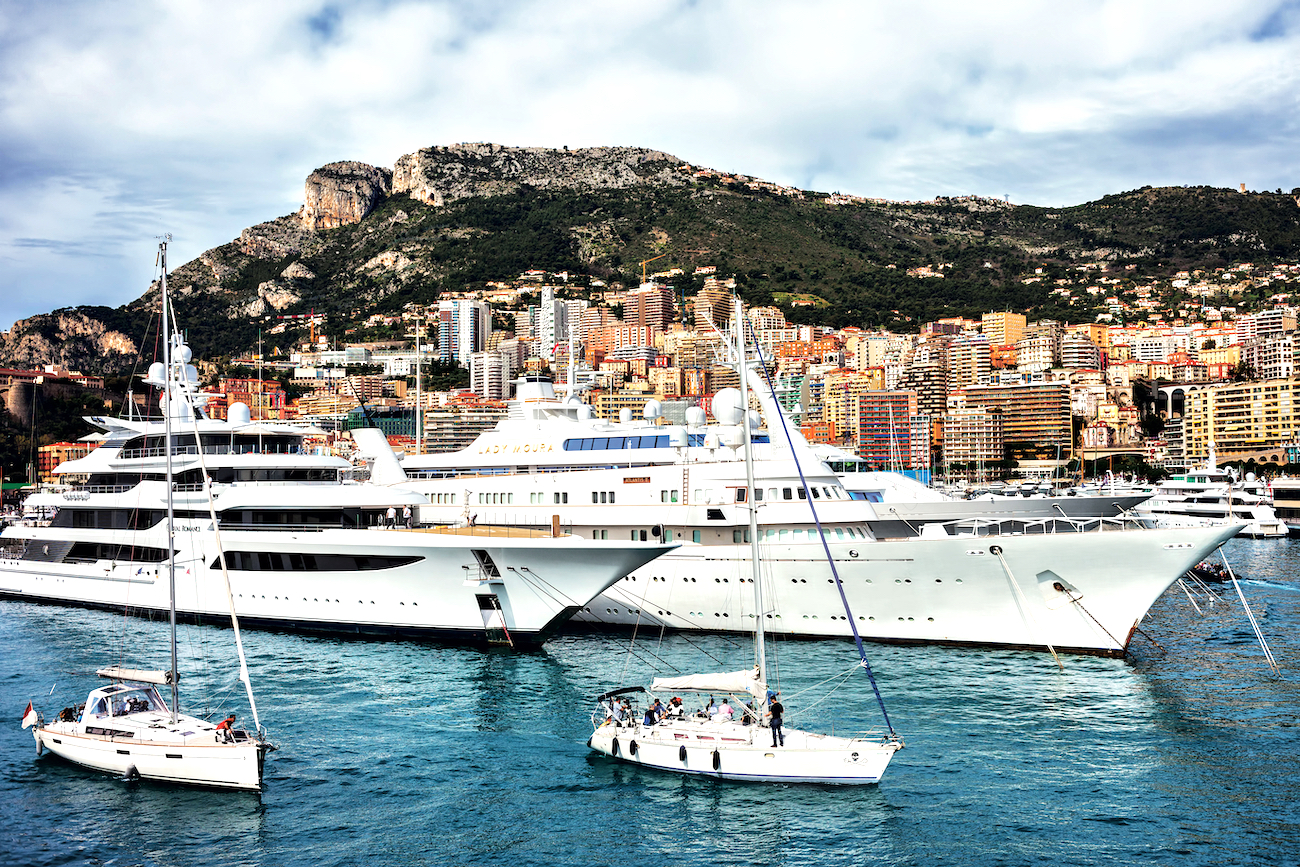
The publishing house’s latest read is an ode to Monte Carlo – the city of eternal glamour and hedonism on the shores of the Cote d’Azur
Assouline’s coffee table reads are known worldwide for sparking wanderlust and inspiration in their readers, enchanting them with the often bygone glamour of the world’s most beautiful and fascinating destinations. Its latest read takes readers on a journey to the second smallest country in the world – an outcrop of glamour and nostalgia nestled between the towns of Roquebrune-Cap-Martin and Saint-Jean-Cap-Ferrat on the French Riviera.
‘Once upon a time, there was a countery that was the second smallest in the world, yet everything was bigger there,’ reads the evocative opening line of the new title, with text by esteemed writer and Monaco resident, Ségolène Cazenave Manara. ‘Princesses were prettier, cars were faster, skies were bluer, and skyscrapers much higher.’ All of the above is true, for the pint-sized principality of Monaco certainly has left its mark on the world. Monaco is best known for being a home of the super-rich, of Formula 1, wealthy investors and businesspeople alike, but it’s also one of the most beautiful and storied spots on the Riviera and a popular holiday destination.
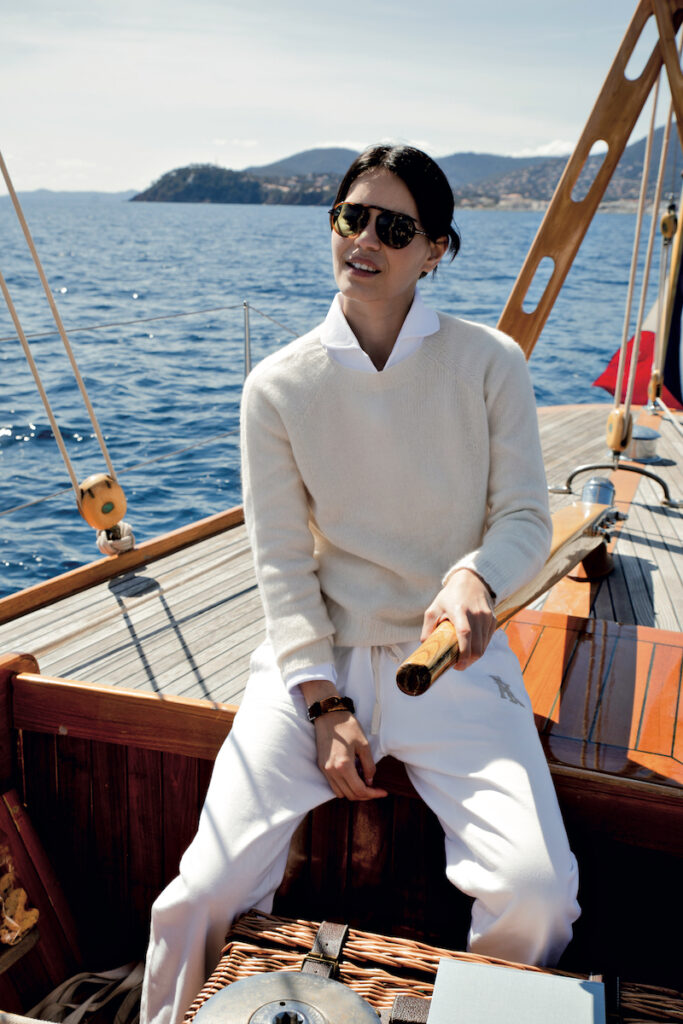

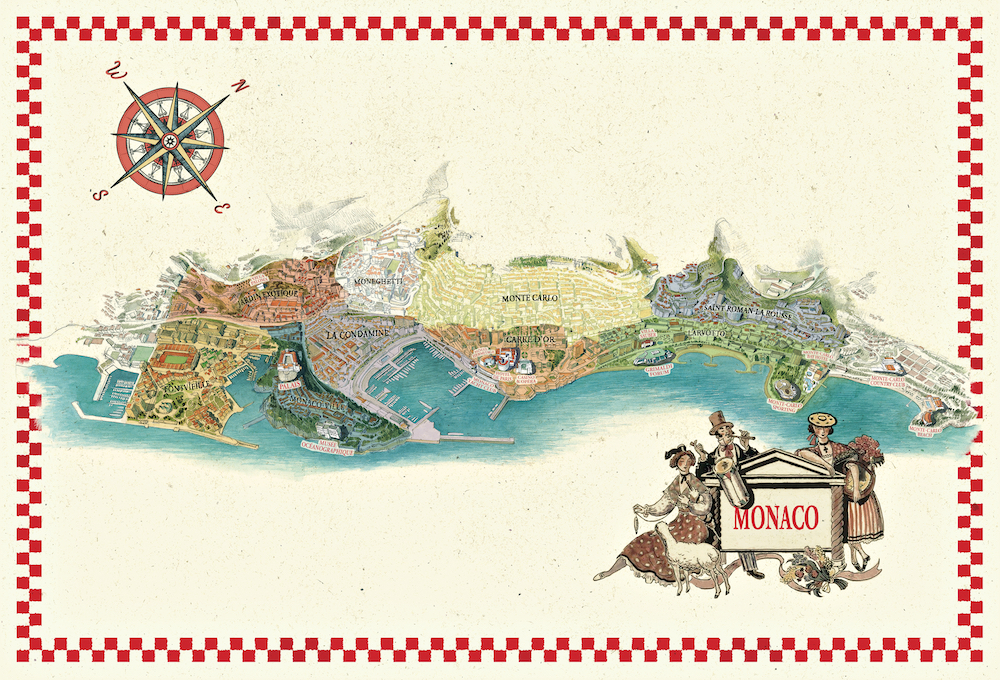
Rocky cliffs tumble down into the brilliant blue Mediterranean – the city watched over by Monaco’s Palais Princier de Monaco- atop a rocky outcrop in Monaco Ville (old Monaco). Monte Carlo is, perhaps, more famous than Monaco itself now, writes H.S.H. Prince Albert II of Monaco, who pens the forward of the dreamy new Assouline book.
As shared by the Prince, Monaco has occupied its spot in an enclave of the South of France since 1297 – though it wasn’t until 1863, when Monte Carlo was founded, the project of the Société des Bains de Mer (still guarding and guiding the principality today). The impressive new district was centred around a casino that attracted residents like Russian grand duchesses and English lords thanks to, what HH Prince Albert described was an ‘Italian resonance and touch of exoticism and colour). The glamour of old Monte Carlo is very much alive today. The casino lords over the supercar-filled Place du Casino, designed by Charles Garnier in the Beaux-Arts style – and is an enfilade of gilded rooms, most famous for featuring in the iconic 007 movies. There’s also the Hôtel de Paris – another symbol of Monte Carlo’s golden age – opened in 1864 and attracted the likes of Coco Chanel, Winston Churchill, Frank Sinatra and Roger Moore, and, in more recent times, Lady Gaga and Micahel Jordan. The late Princess Grace regarded the Belle Époque-style institution as one of her favourite places in the world.
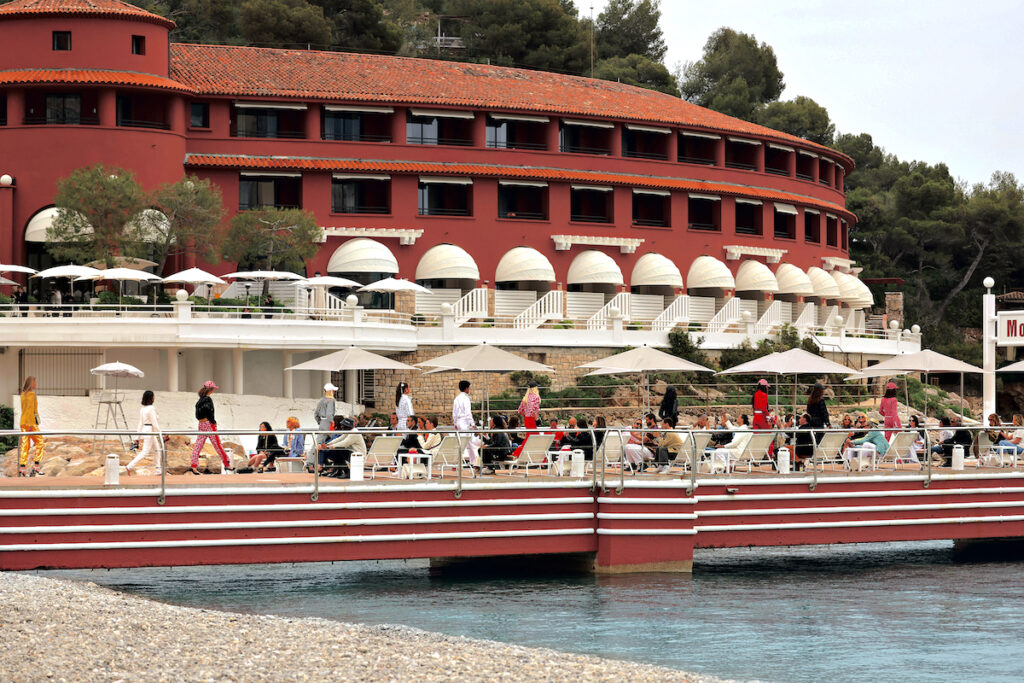
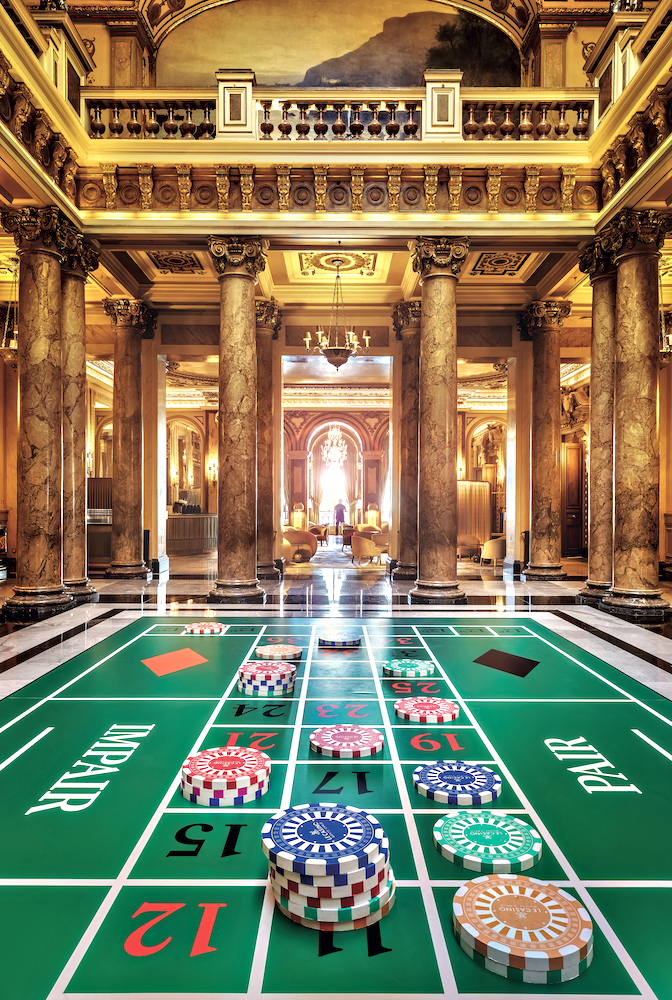
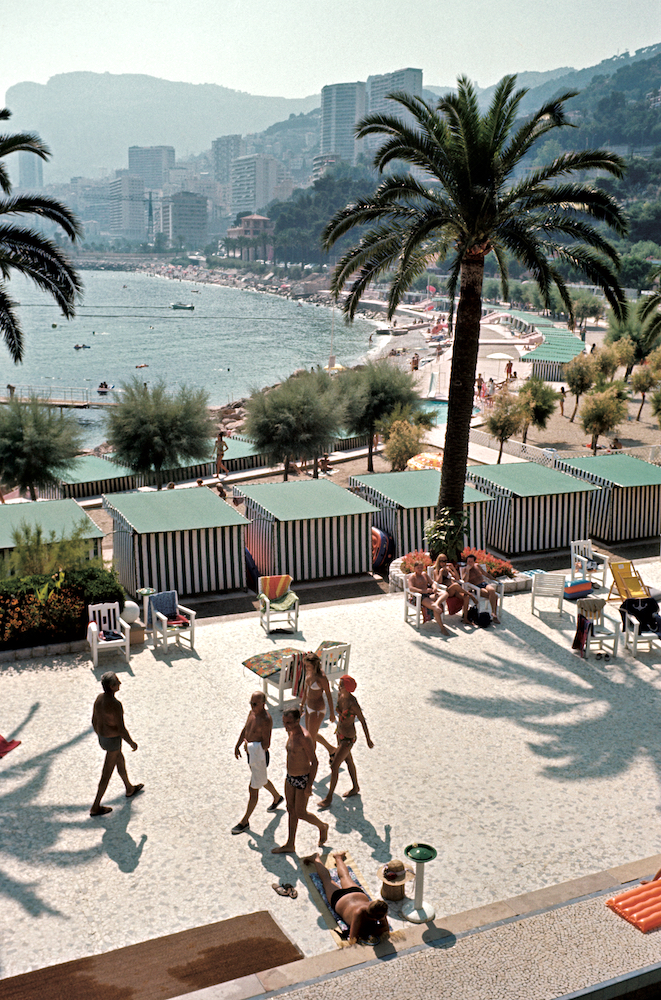
Monte Carlo’s weather is beautiful year-round, and a thriving community of residents and citizens enjoys its gold-dipped winters of clear skies and calm waters. Come May, the eyes of the world are on Monco with the Formula 1 Grand Prix – perhaps the most illustrious of all the world’s races, and, as spring fades into summer, the principality truly comes alive. A mark of the beginning of the season is the opening of Monte Carlo Beach – around the bed from the city in a peaceful cove in Roquebrune-Cap-Martin. The Olympic-sized swimming pool, beach club and 40-room hotel is an ode to the glamour of the twenties. Monte-Carlo Beach is a rare peaceful heaven on the bustling Riviera, so much so that members pay in the tens of thousands for their own private grey-and-white beach tent of which to frolic in the warm Mediterranean and have guaranteed table at the classically Monégasque restaurant serving lobster and French rosé. A short drive or stroll up the vertiginous lanes is the beautiful Monte Carlo Country Club, an Art Deco monument built in 1928 with fresh sea air and dazzling ocean views. The opening of the clay-court season is marked each April with the Rolex Monte-Carlo Masters.
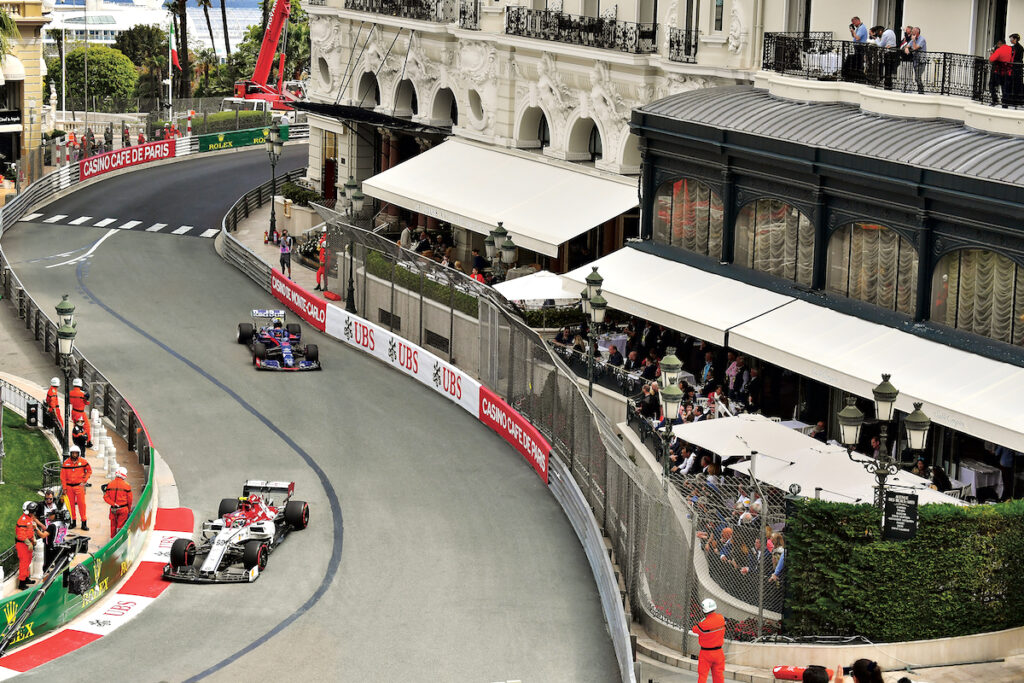
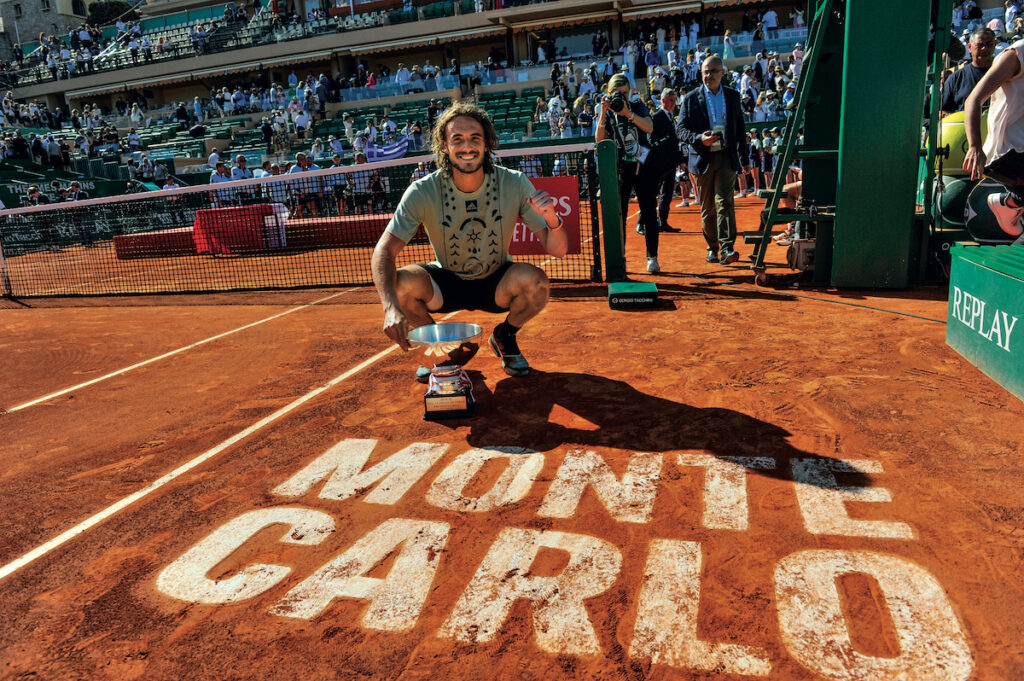
As summer comes into full swing, so does Monte Carlo. Its hotels come alive with well-heeled guests, the world’s super-rich pop by on their mega yachts and pretty young things make a bee-line for the legendary Jimmy’s nightclub – where the world’s leading DJs lead all-night parties.
As Assouline’s book reveals, the country is a true paradox – ’a unique blend of high-flying international spirit and regional culture drawing on influences from Provence and Italy, where ancestral families avidly preserve their traditions’. Local cuisine is a mix of Italian and Nicoise – and make sure to try Barbajuan, a savoury fritter stuffed with Swiss chard.
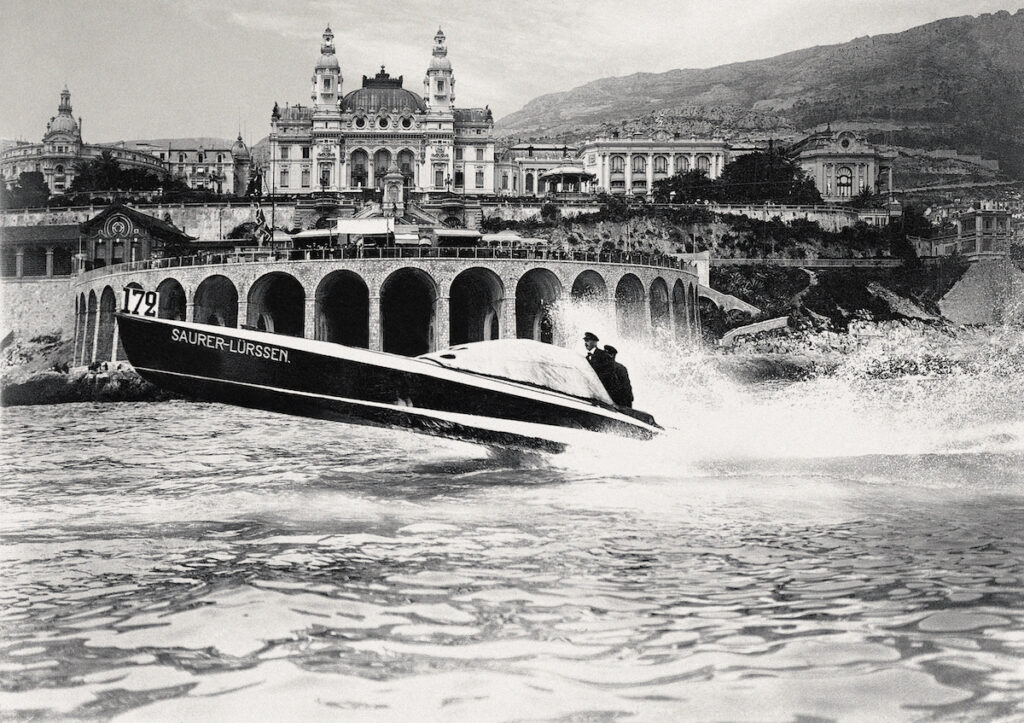
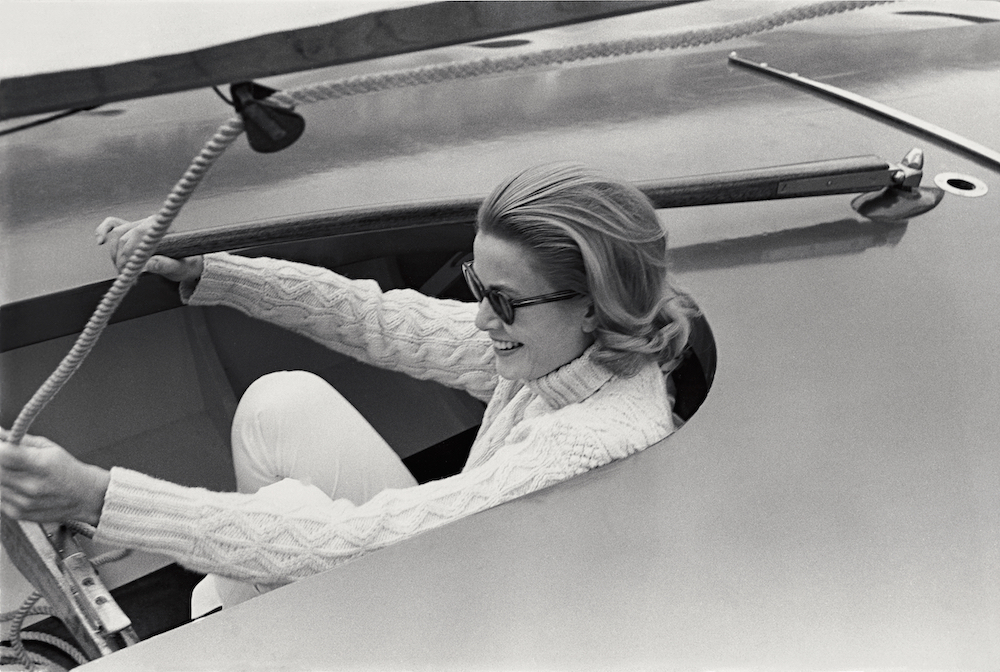
The royal family, the esteemed house of Grimaldi, has led Monaco since its birthplace as a rocky outcrop, and each November 19, the principality comes out in force to celebrate the Prince and National Day. Streets are filled with the red-and-white Monégasque flag, and young girls perform the traditional La Palladienne dance.
But few royals could have such a place in the heart of Monégasque, and the world, as their beloved late Princess – a Princess whose joining of the family marked a new era of fame for the principality. It was the filming of Alfred Hitchcock’s To Catch a Thief that brought American actress and screen icon Grace Kelly to the Riviera in 1955, and an almost-didn’t-happen meeting led her in the company of the charming 32-year-old Rainier III, Prince of Mónaco. The rest is history, so they say, and a year later, 18,000 journalists, 100,000 spectators and guests flocked to see the fairytale couple tie the knot at St. Nicholas Cathedral in Monaco Ville.
Monaco has long lit up the world’s screens, from Formula 1 to documentaries, and nostalgic Hollywood movies to 007 blockbusters. In real life, the place also feels like a movie, a storybook or a fairytale – and there is no other place in the world quite like it.
Assouline’s Monte Carlo is on sale now, AED420, assouline.com
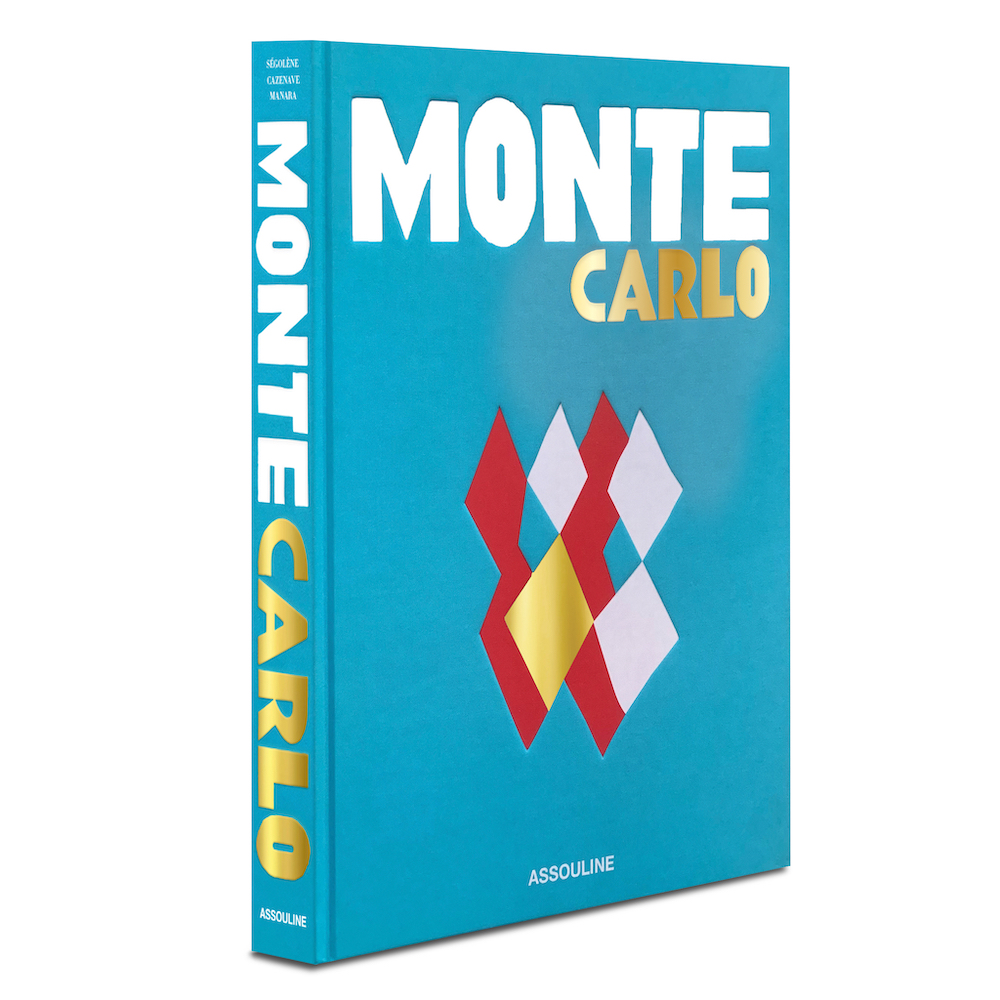
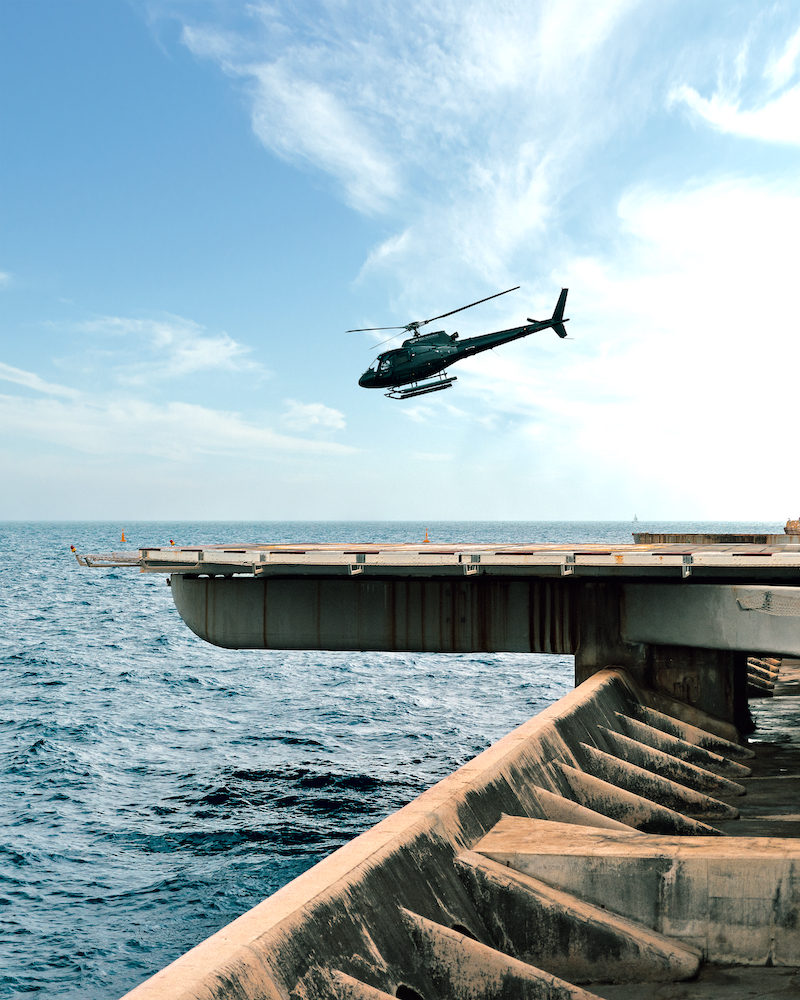
Leave a Reply Cancel reply
HOME
ALL ARTICLES
CURRENT ISSUE
ABOUT
CONTACT
Join our Newsletter
your email
Join our weekly newsletter for relevant, where to go now, our travel stories, unmissable offers, tips and what to do, buy and see that week
